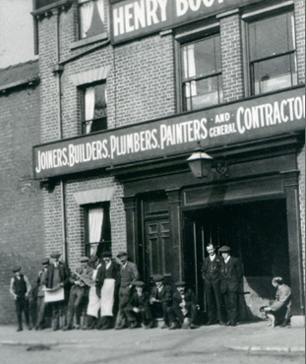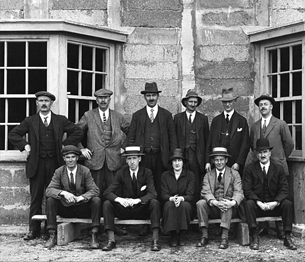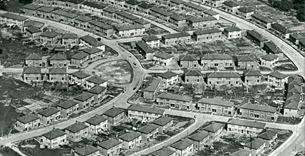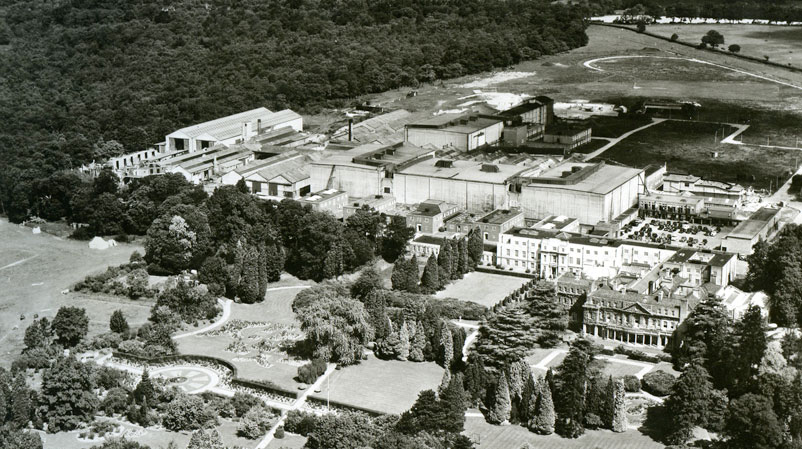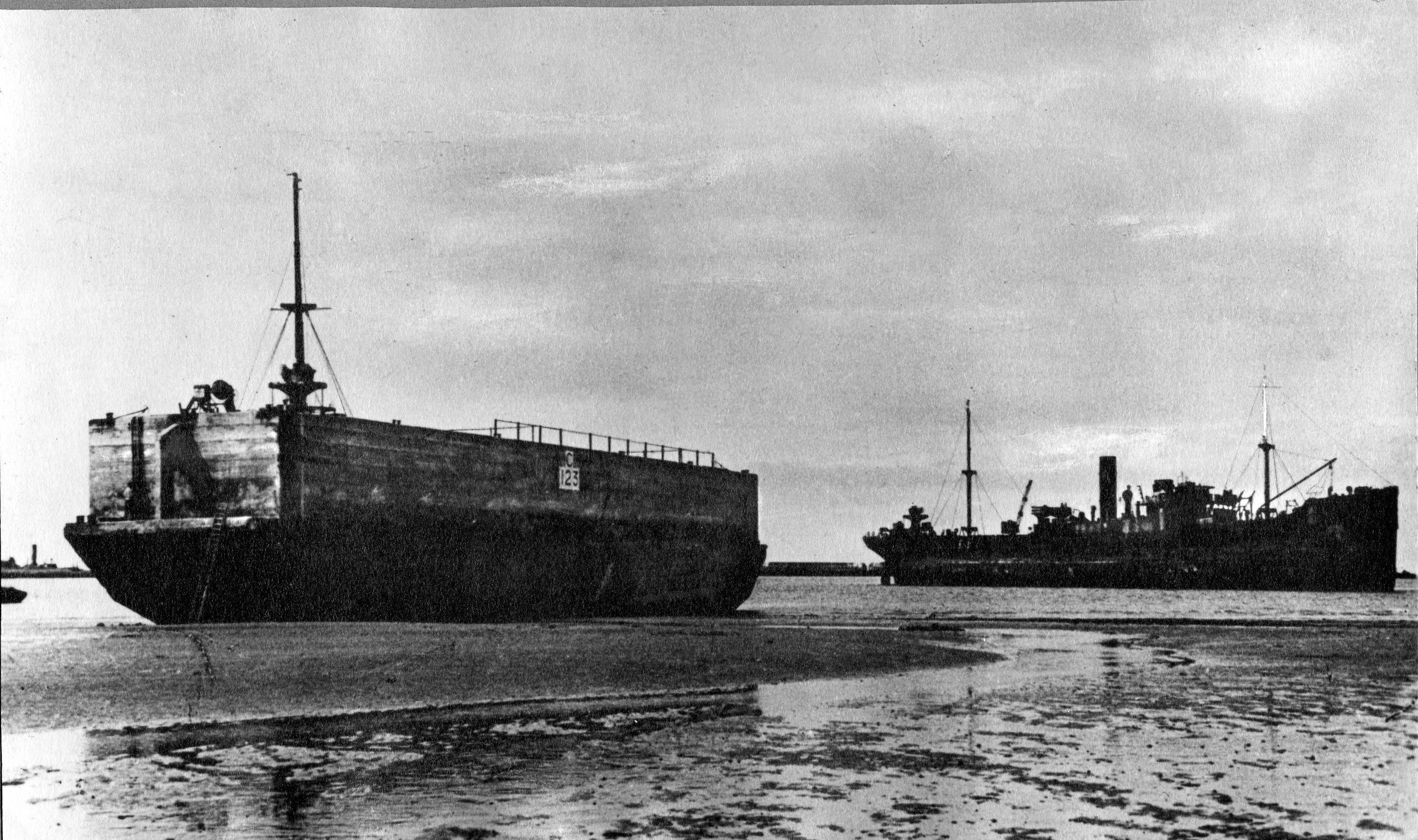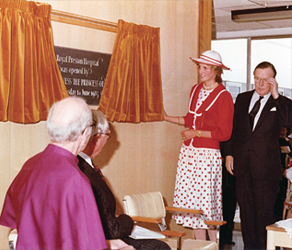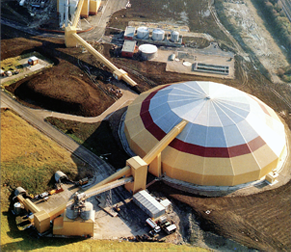Inter-war years
A company office was set up in Paris immediately after the war and, in conjunction with the French Government, administered contracts for the reconstruction of war-ravaged towns and villages.
Within two years of becoming a public company in 1920, the Company was operating not only from Sheffield, London and Paris but from Barcelona and Athens, undertaking the construction of harbours, underground railways, waterworks and drainage systems throughout Europe.
In fact, the Athens office dealt with one of the biggest contracts of the time - a 10,000,000 (1927 value) project comprising land reclamation and protection, together with irrigation works and the construction of roads and bridges. The contract was completed in 1952, work having been suspended only when Greece suffered foreign occupation during the 1939-45 War.
During the 1919-1939 inter-war period, Henry Boot built in excess of 80,000 homes, significantly more than any other contractor in the UK. Of these some 50,000 were built for local authorities, over 9,000 for rent (through Henry Boot subsidiary companies First National Housing Trust Limited and Henry Boot Estates Limited) and the balance for sale to the private sector.
Also at this time the Company carried out an extensive programme of commercial and industrial building, including roads, schools, hospitals, etc.
In 1932 the Company moved to its present headquarters at Banner Cross Hall in Sheffield and its London office was moved from premises in Victoria Street to 10 The Boltons, SW10 (vacated in 1985).
In this period Henry Boot built tens of thousands of homes accross the United Kingdom.
View our History Brochure
Above image: This aerial photograph of Perry Barr in Birmingham shows the scale of one of our typical housing developments.


